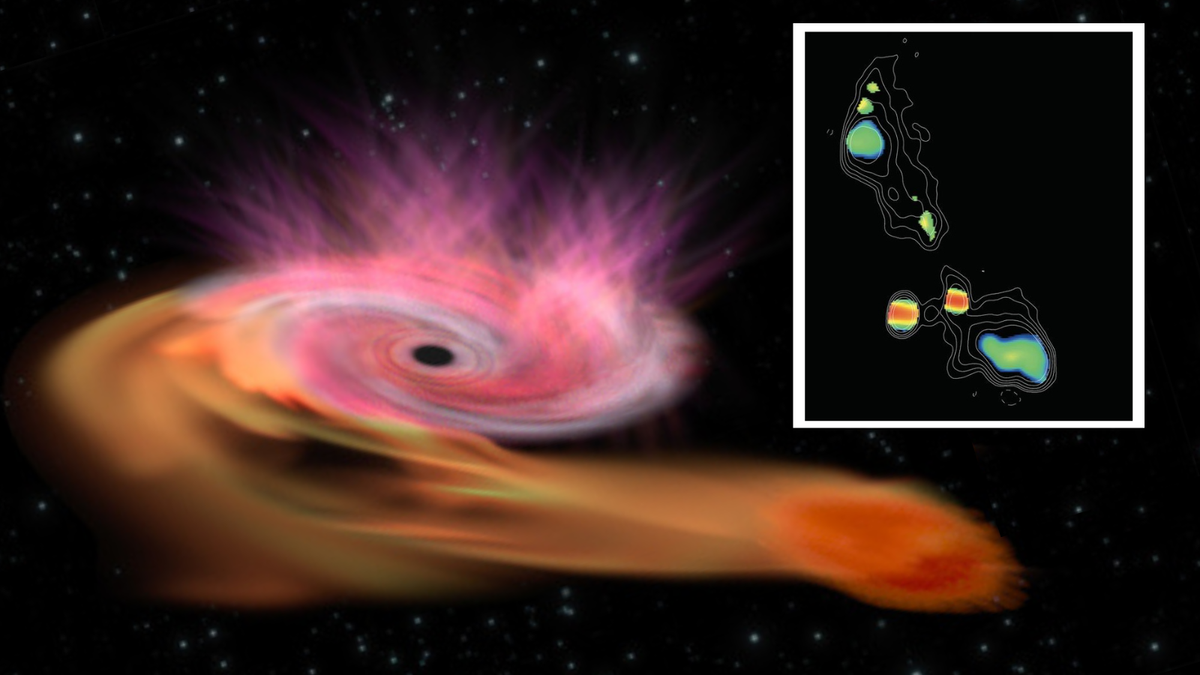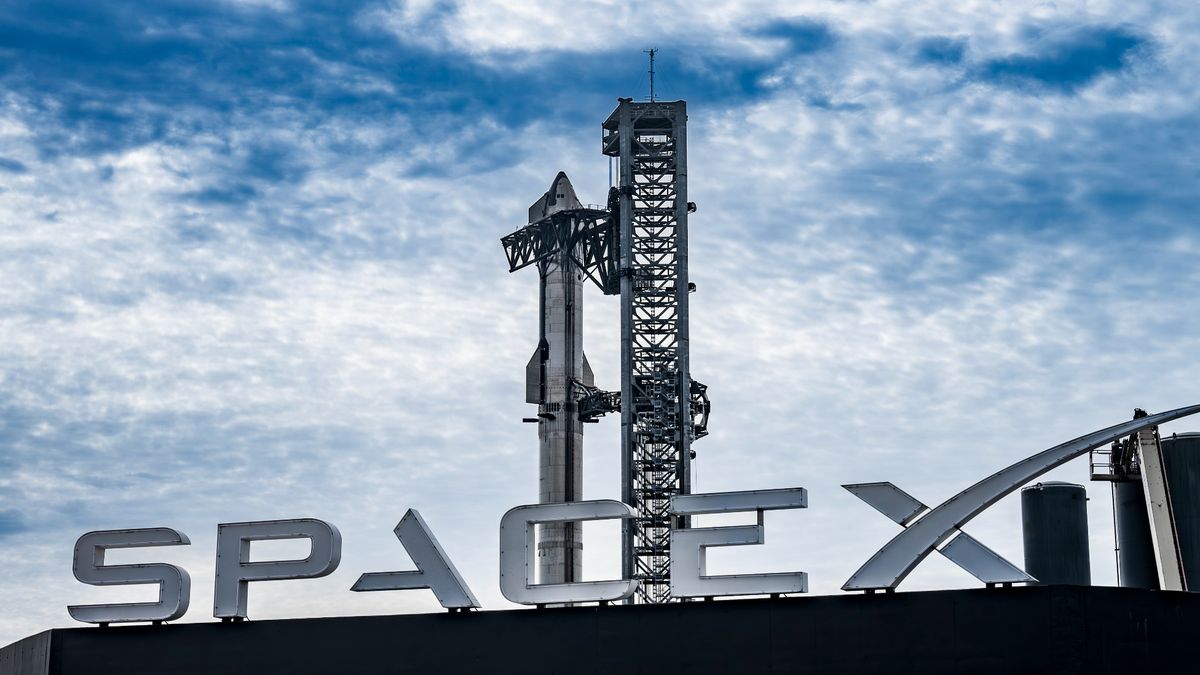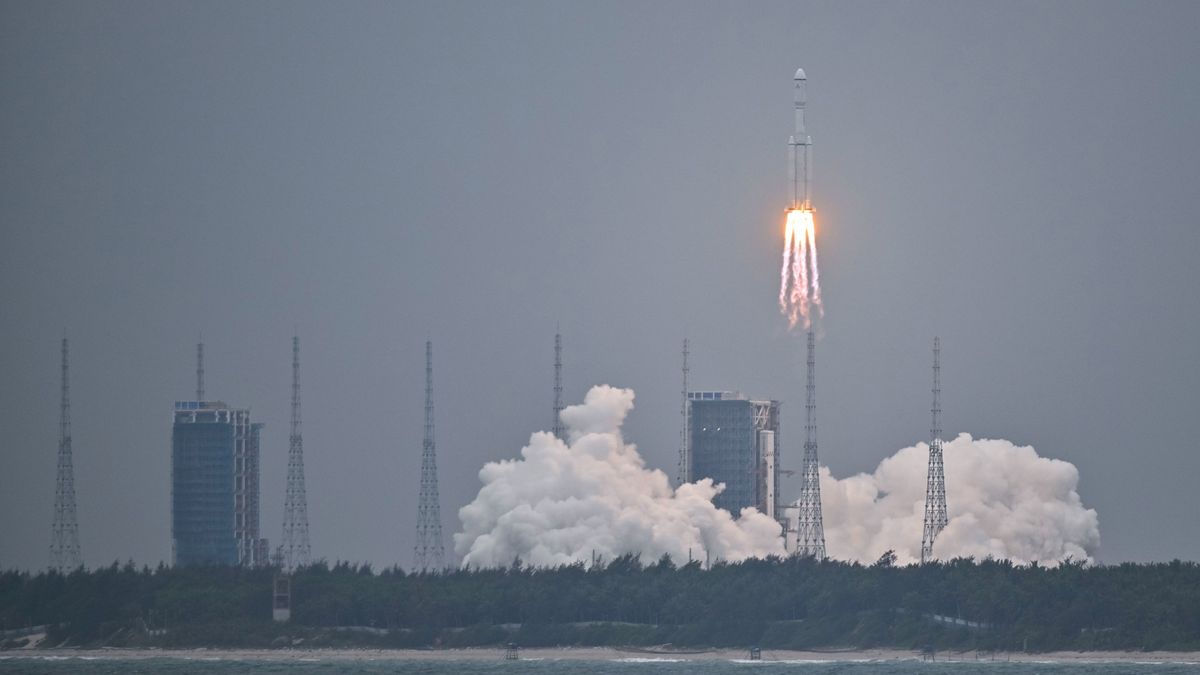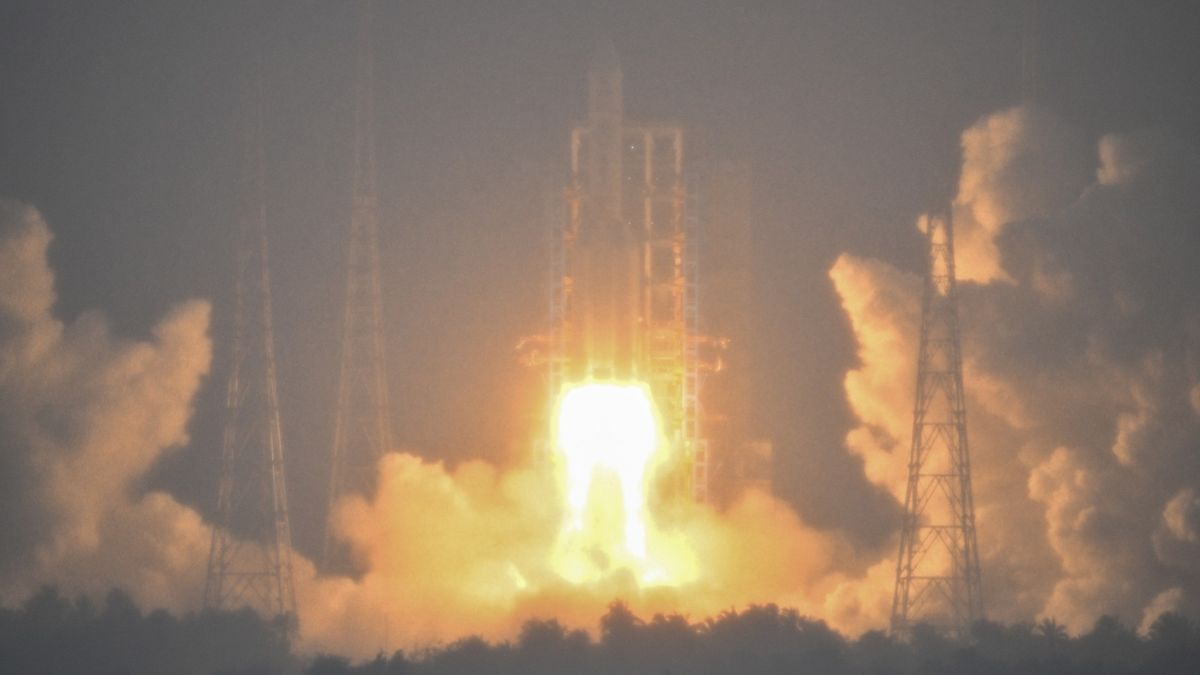The Mysterious Case of Compact Symmetric Objects
A recent exploration into the intriguing realm of a rare, transient type of galaxy has unearthed a fascinating revelation regarding the presence of dormant supermassive black holes within these enigmatic celestial bodies. These peculiar entities are termed “Compact Symmetric Objects,” or CSOs, and are characterized by the emission of two jets of cosmic material at velocities approaching the speed of light. While this phenomenon is not uncommon in active galactic nuclei (AGN), where supermassive black holes actively consume surrounding matter, the behavior of these jets in CSOs sets them apart.
The Enigmatic Nature of CSOs
Conventionally, jets from AGNs can extend up to staggering distances of 230,000 light-years in opposite directions, showcasing their enduring presence. However, the jets exhibited by CSOs are notably truncated, spanning a mere 1,500 light-years or so. Previously, it was hypothesized that the abbreviated nature of CSO jets could be attributed to their youthful origins. Yet, a research team spearheaded by esteemed scientists from the California Institute of Technology (Caltech) has discerned that the brevity of these jets stems not from their infancy but from their transient lifespans.
Deciphering the Puzzle of CSOs
Seeking to unravel the enigma shrouding CSOs and elucidate their true essence, the team embarked on an exhaustive two-year quest, meticulously sifting through a vast repository of 3,000 potential CSO candidates documented in historical records and astronomical archives from cutting-edge instruments such as the Very Long Baseline Array (VLBA) and other high-resolution radio telescopes. Following meticulous scrutiny, 64 of these candidates were definitively confirmed as CSOs, with an additional 15 of these elusive galaxies subsequently identified.
Exhaustive analysis unveiled that these unique galactic entities propel jets for a fleeting duration of 5,000 years or less before gradually fading into obscurity. The team postulated that the genesis of these jets could be traced back to supermassive black holes residing at the core of CSOs, voraciously tearing apart wayward stars that stray too close to them in cataclysmic occurrences known as “tidal disruption events,” or TDEs.
The Cosmic Ballet of Black Hole Feeding
When a hapless star ventures perilously near a supermassive black hole, the colossal gravitational forces invoked by the latter induce profound tidal stresses within the celestial body. This gravitational tugging elongates the star along its vertical axis while compressing it along its horizontal plane, akin to the culinary term “spaghettification.” Subsequently, the star’s material congregates into a swirling disk that is progressively consumed by the insatiable black hole, albeit with erratic spillage of matter channeled into powerful jets emanating from the poles of these cosmic behemoths.
The TDE process engenders a luminous display of radiant emissions as these ravenous supermassive black holes feast on stellar remnants, heralding their awakening to astronomers. The team’s analysis discerned that CSOs are typically birthed from colossal stars disrupted in TDEs, with the feeding frenzy sustaining these entities for far longer durations due to the substantial size and mass of these doomed stellar objects.
A Glimpse into the Evolution of CSOs
By meticulously charting the trajectory of CSOs and their attendant jets, the team delineated a compelling narrative of their evolutionary journey. Younger CSOs debut with abbreviated jets in close proximity to the central supermassive black hole, while their elder counterparts showcase sprawling jets extending further from the TDE epicenter.
While the majority of CSOs wane into cosmic obscurity, a minute fraction—merely 1%—progress into enduring episodes characterized by protracted jets akin to those observed in Cygnus A, a distant supermassive black hole boasting Earth-directed jets, classified as a blazar. The team postulates that the sustenance of these protracted events is fostered by the influx of additional gas and dust stemming from galactic mergers.
Unveiling a Paradigm Shift in Black Hole Research
These groundbreaking findings validate a theoretical framework proposed by Readhead in the 1990s, reinvigorating interest in a concept that had languished on the fringes of scientific discourse. The enduring presence of TDE-powered CSOs offers a tantalizing vista into the realm of supermassive black holes, affording astronomers a novel laboratory to probe the idiosyncrasies and enigmatic behaviors of these cosmic entities on compressible timescales.
The team’s seminal contributions were chronicled across three studies in The Astrophysical Journal, marking a pivotal milestone in our understanding of the dynamic interplay between supermassive black holes and the celestial phenomena they engender.
Image/Photo credit: source url





